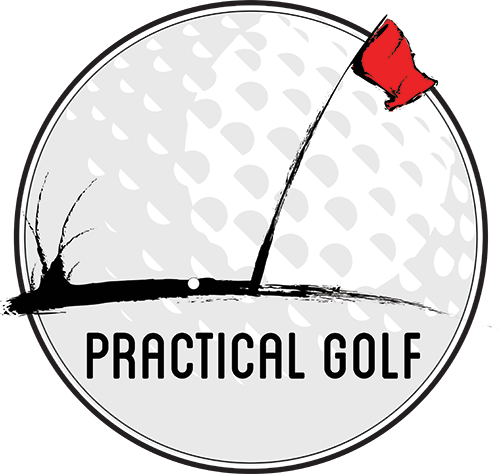thanks! It doesn’t have to be complicated, just disciplined
Yeah, but I remember the nutted ones long past the good ones!
Seriously, though, committing to a swing and staying in your shoes is a better way to play golf.
One day, I’ll do it !
I generally agree with what I heard on this podcast, but did want to make a few points regarding “leaving the ball short” of the green:
- Many (most?) statistic tracking systems (including the GHIN handicap app) REQUIRE that your second shot to a par 4 (or 3rd to a par five) be recorded as either on the green, short, long, left, or right. So every single time you hit a bad drive, you end up with a stat that says you were short of the green in regulation. Which has absolutely nothing to do with picking the wrong club - you were chipping out to the fairway, or blasting out of a fairway bunker, etc. This will bias the statistic (I believe it was quoted as 91% of greens were missed short). Not sure by how much, but probably significant for higher handicap players.
- On my home course, there are 14 greens where it is MUCH worse to be long than to be short. Three greens are about equal, and on only one green out of 18 is it better to be long. So being short is not the worst thing in the world.
- Even if I hit the green, there are 4 greens on my home course where I would rather be chipping from in front of the green than putting a significant distance (downhill) from behind the flag. Another reason to aim short.
All that said, I don’t disagree that most amateur players don’t take enough club. Part of that is certainly ego (who wants to hit a 5 iron when everybody else is hitting 7?), but I also believe part of that is lack of data. You know how far you can flush your 7 iron because you will never forget that one. And you also know how crappy you can hit it, because you remember those too. What you don’t really know is how often you do each. I just ordered a ShotScope to fix that problem for me.
That is a great book. I highly recommend reading it!
I think the main reason we gave that advice is that even though most golfers might be playing for yardage to the back of the green, they would still rarely go over. Of course, each golf hole is different. If there was severe trouble like OB behind a green then you might adjust, but as I said in the podcast I can’t tell you how many golfers have reached out to me seeing success with that basic strategy.
Yes. Lack of data is correct. Jon’s advice compensates for the fact that most golfers overestimate the average distance they hit a club.
Ideally, you can spend time on a launch monitor so that you know “average” distance and “max”/flushed/nutted distance.
If long = jail, you pick the club where “max” distance stays on the green. This should put most of your dispersion on green.
I would also say that the longer the club, the more likely i am to choose a middle / front yardage and accept that marginal strikes may be 5-10 yards short (assuming trouble long).
What I’ve been thinking about for my own tracking and improvement is looking at where I am front, middle, back of the green vs where the pin is…
If I’m constantly on the front of the green regardless of pin position, my strategy is flawed.
I want to get to the point where if the flag is in the middle, half the shots that aren’t the “right” distance are long of target… that’s an i oversimplification of my goal, but an easy way to see if you are consistently under clubbing into greens.
I have been tracking “near green in regulation” and then make a note of location.
One thing i have stopped doing is 3/4 swing. I don’t have the skill to take off ~7 yards
Pretty much all my 3/4 swings end up short
Dropped a second ball a few times and realized i am really only hitting 5 yards long with full swing
Boom - keep track, analyze, adjust. We try are best to give advice to help all golfers, but it’s just a starting point.
